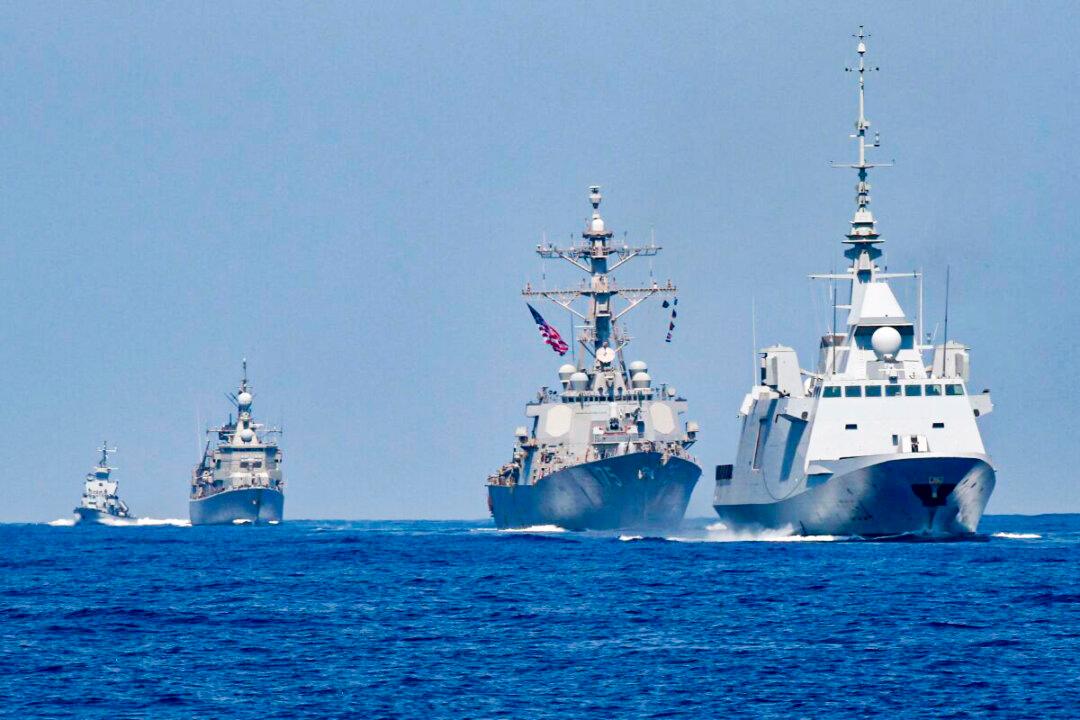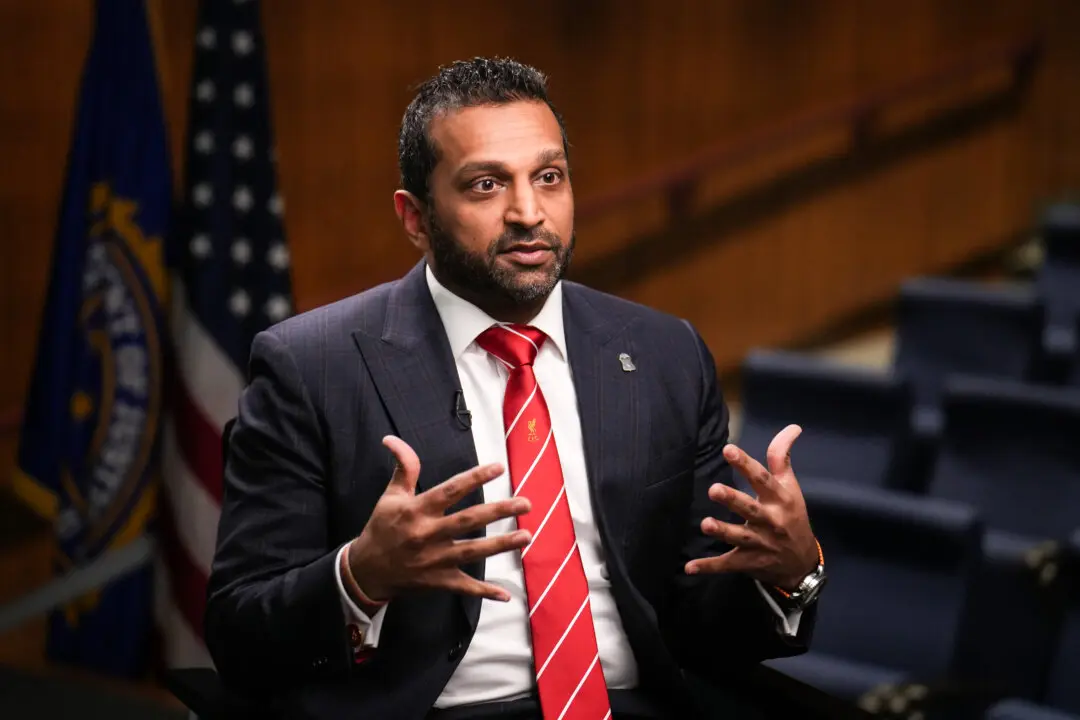As the conflict in Ukraine enters its third month, NATO and Russia have built up their naval forces in the Mediterranean Sea to the most significant levels in decades.
That was confirmed in a recent interview with Thibault Lavernhe, regional communication officer of French forces in the Mediterranean, who said “Ukraine has changed things.”





